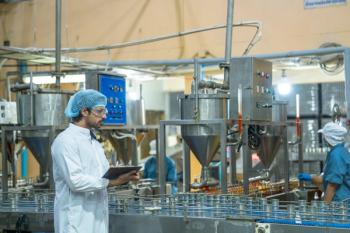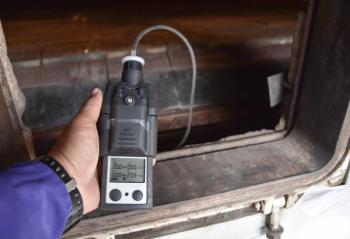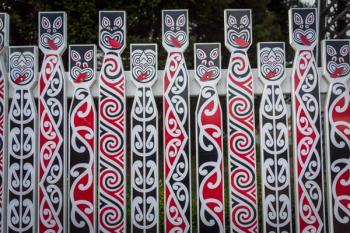
Richard Crocombe Receives 2022 EAS Award for Outstanding Achievements in Vibrational Spectroscopy
Richard Crocombe of Crocombe Spectroscopy Consulting has won the 2022 Eastern Analytical Symposium (EAS) Award for Outstanding Achievements in Vibrational Spectroscopy.
Richard Crocombe of Crocombe Spectroscopy Consulting has won the 2022 Eastern Analytical Symposium (EAS) Award for Outstanding Achievements in Vibrational Spectroscopy. He was presented with the award on Tuesday, November 15, in an award session at EAS in Plainsboro, New Jersey.
Crocombe graduated from Oxford University with a BA and MA in chemistry, and the University of Southampton with a PhD in chemistry and spectroscopy. His thesis work involved classical infrared and Raman spectroscopy studies of small inorganic molecules, including matrix-isolation and isotopic substitution. A postdoctoral fellowship in the United States had Crocombe working on early applications of Fourier transform IR (FT-IR), including time-resolved spectroscopy and gas chromatography–IR (GC-IR), and infrared laser photolysis.
Crocombe joined Digilab (Bio-Rad) to work on laboratory FT-IR instrumentation. He held numerous positions at Digilab over the years, but concentrated on product, software, and applications development, including step-scan FT-IR applications, and spectroscopic imaging using two-dimensional focal plane array detectors. Later, he held positions at Axsun Technologies, Thermo Fisher Scientific, and finally PerkinElmer, concentrating on miniature, portable and handheld spectroscopic instruments, their development and applications. These spanned the range from near-infrared spectroscopy, X-ray fluorescence spectroscopy, Raman spectroscopy, and FT-IR spectroscopy to gas chromatography–mass spectrometry. In 2017 he left the corporate world to set up his own consulting company, helping to commercialize new miniature spectroscopic technologies.
He has been a co-chair of SPIE’s Next-Generation Spectroscopic Technologies conference for more than 10 years and is an SPIE Senior Member.He was selected for the Williams-Wright Award for Industrial Spectroscopy in 2012, is a Fellow of the Society for Applied Spectroscopy (SAS), and was President of SAS in 2020.
Crocombe has published extensively on the technologies and applications for miniature and portable spectrometers. He, Pauline Leary, and Brooke Kammrath are the joint editors of the two-volume book, Portable Spectroscopy and Spectrometry, published by John Wiley in April 2021.
Each year, the Eastern Analytical Symposium honors analytical chemists who have distinguished career achievements. The recipients of these awards advanced these fields by superior work in developing theory, techniques, or instrumentation.
Newsletter
Get essential updates on the latest spectroscopy technologies, regulatory standards, and best practices—subscribe today to Spectroscopy.





